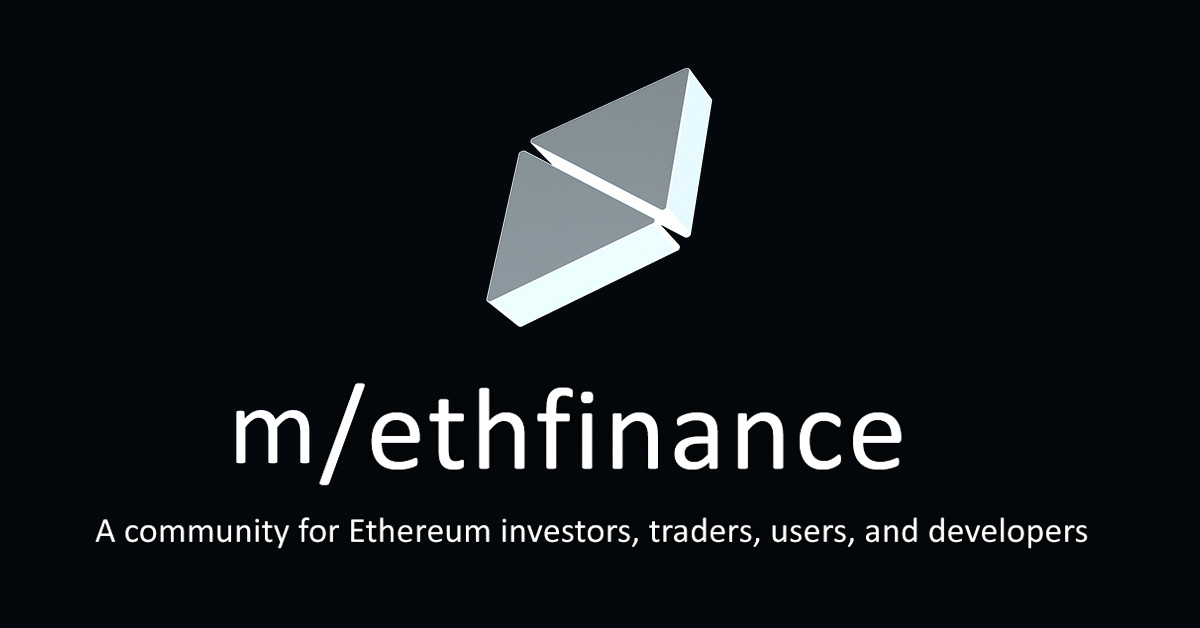

I get the feeling. I’ve been a linux desktop user for 20 years now, waiting for people to see the light. But, sadly they don’t, for all kinds of reasons.
And I’ve made peace with that.
Because things like linux, or ethereum, or the fediverse don’t need huge, widespread adoption to succeed. They need a core of serious, dedicated folks willing to keep pushing it forward while it’s presence in the market acts as a very real check on the centralized and walled off ecosystems.
And eventually, the core of what’s been built will end in up in consumers hands and running their servers in the background, and will gain billions of oblivious users.
The author makes a lot of points that have little practical impact.
I mean, sure, a rollup could hardfork. But it would wipe out the value of any assets that were bridged into the old version of the rollup from the parent chain. What would Optimism or Arbitrum be if all the previously bridged eth and usdc was now stuck on a version of the rollup that was dead? There’s no point.
The same thing is true regarding his point about ‘rollups’ that don’t do any on chain validation (zk or optimistic fault proofs). Sure, you could post all your rollup blocks into 4844 blobs and only verify them off chain if you want. But if you want to bridge any assets back and forth, having on chain validation or fault proving of the rollup adds a ton of extra security to that process.
The other thing that he misses on is the idea of one way bridges that burn the asset in the original chain. Such an approach just makes for worthless assets on the rollup. If the original asset can’t ever be withdrawn and redeemed, it is effectively worthless. So, again, it would be pointless.
Anyway, I found myself realizing about 1/3 of the way through that the author isn’t technically wrong about anything, but is still really missing the point.